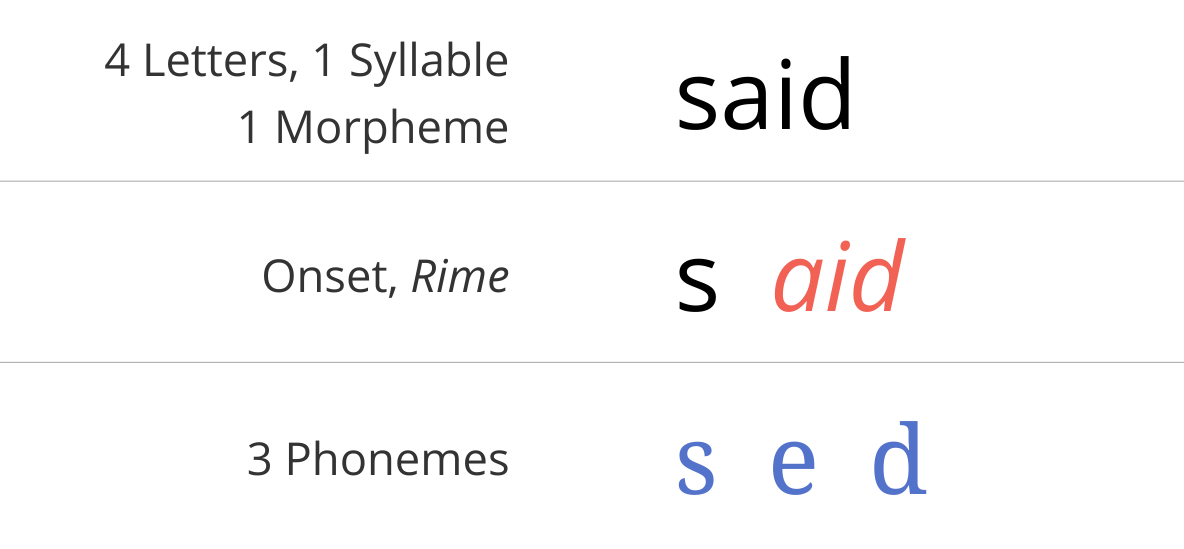The link between funding and the public has frayed.
Federal programs have mirrored that drift. The NEA’s grant language in recent years emphasized “capacity building,” “access strategies,” and “administrative equity plans.” ArtsHERE, launched in 2023, directed over $12 million toward “equity-centered frameworks,” focused more on internal processes than public-facing work. The long-term cultural impact of these efforts remains unclear. But that approach is now being reassessed. Whether or not the Trump administration succeeds in eliminating the NEA and other cultural agencies, the programs funded via these agencies are no longer assumed to reflect the public interest. For the first time in years, there is an opening to reconsider how public funding in the arts should be used and what it should be used for.
Some ventures already point the way. The Lamp, founded in 2020, is a journal of Catholic arts and letters supported by a small team and the Catholic University of America. It has built a national readership through editorial seriousness and clarity of purpose. Wiseblood Books, founded in 2013, is a small Southern press publishing fiction, poetry, and monographs grounded in craft and moral imagination. Both have earned attention through focus and substance, despite working with limited resources. They show what becomes possible when good work is pursued steadily and with conviction. Yet efforts like these remain rare.
One way to replicate these efforts would be for the NEA to create its own cultural accelerator—a short-term program focused on helping serious new institutions take root. The model exists in other fields. Y Combinator, one of the best-known startup incubators, has launched companies like Airbnb, Dropbox, and Stripe by offering early-stage ventures structure, mentorship, and a public debut. The goal is to help founders establish the conditions for something lasting. Such a model could serve the arts.
